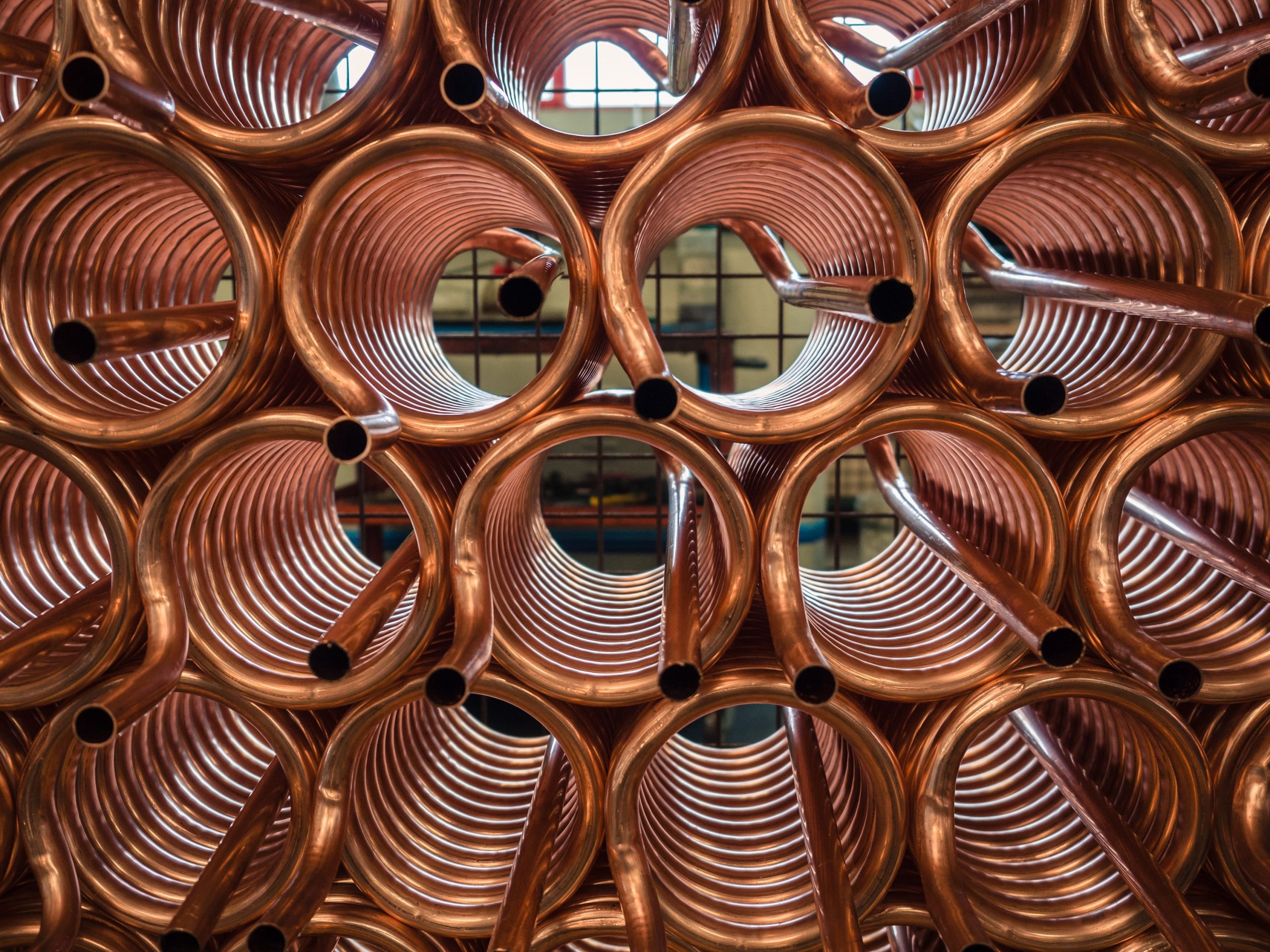
What does a Heat Exchanger Do?
At some point in their life, most homeowners with a furnace will hear those dreaded words: “The heat exchanger is cracked.” When that happens, we know that we’re in for either a very costly repair or the replacement of the entire furnace. But we may not know what exactly a heat exchanger does or why a crack in it is such a big deal.
See Also: Fall Home Maintenance
How Does It Work?
To understand what a heat exchanger does, you first need a general idea of how a furnace works. A furnace creates heat through combustion—in other words, by burning some kind of fuel, like oil or natural gas. When the fuel is burned, it releases very hot, generally poisonous gases including carbon monoxide. Now, obviously, you can’t just blow those hot gases directly into the house—they’re poisonous! So instead you need to use those hot gases to heat up clean, breathable air, and that’s where the heat exchanger comes in.
The heat exchanger is a series of metal tubes. The hot gases travel from the site of combustion through these tubes, and eventually out of your furnace (and out of your house, if the furnace is inside) through an exhaust pipe. As the hot gases travel through the tubes, they heat up the metal. Meanwhile, the blower fan in the furnace sends clean, breathable air across the outside of the tubes. As the air passes over, it picks up the heat from the exterior of the metal tubes, warming the air. This clean, warmed air then travels through the ducts and into your home.
See Also: Things to Do Before You Turn on Your Furnace This Fall
Carbon Monoxide Concern
In other words, it’s called a heat exchanger because it transfers the heat from the poisonous gases to the clean, breathable air, while keeping the poisonous gases out of your home. But here’s why a cracked heat exchanger is such a big deal. If the heat exchanger is cracked, those poisonous gases can leak right into the air that’s being blown into your house! In fact, that’s one of the main causes of deadly carbon monoxide leaks.
That’s why it’s very important to have your heat exchanger inspected regularly for cracks or holes, especially before you turn on the heat in the fall. This is one of the many good reasons to sign up for our Service Partner Plan. Under the plan, you’ll receive two preventive maintenance services each year, including an inspection of your heat exchanger. And now that you know what it does, don’t you want to make sure it’s working the way it should?


